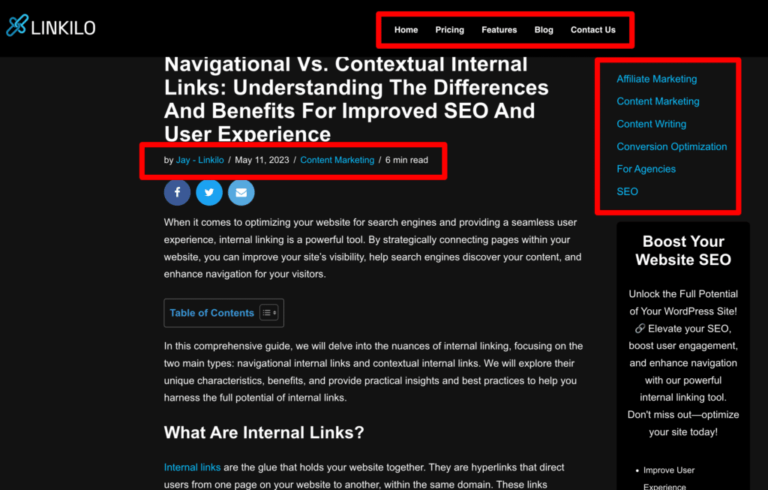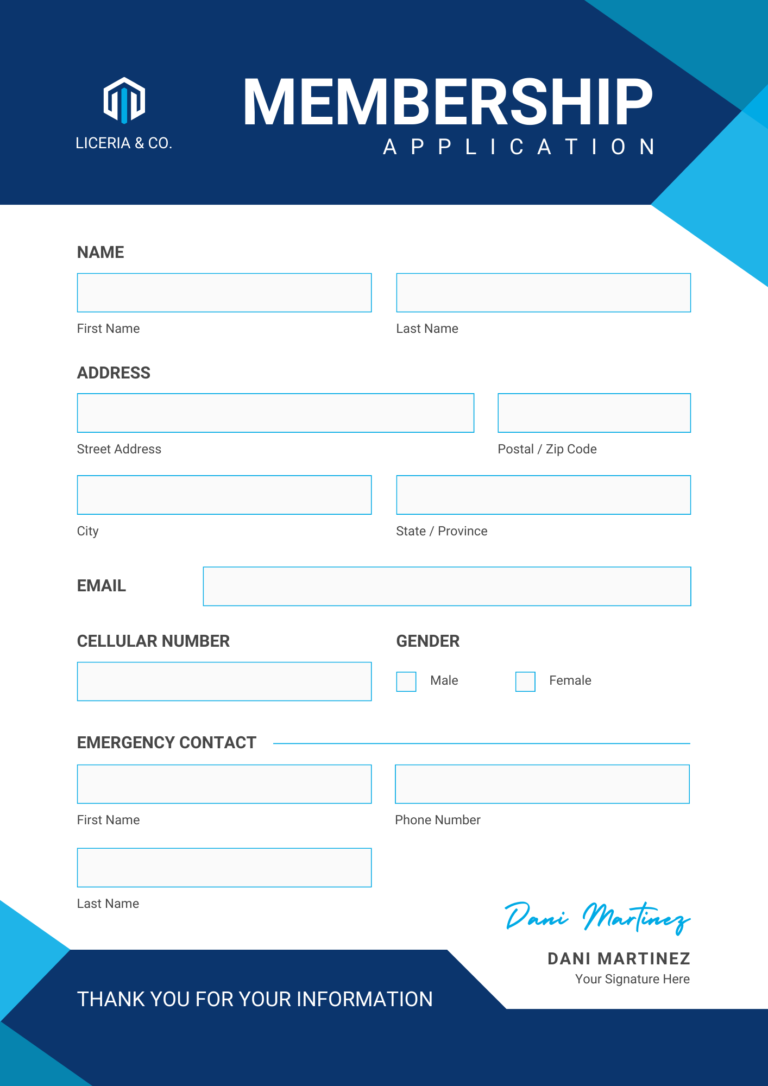In the era of digital content, the demand for high-quality, engaging, and search engine-optimized (SEO) articles has never been higher. While AI-powered writing tools have emerged as a valuable resource for content creators, optimizing AI-generated content for better readability, engagement, and SEO remains crucial.
This comprehensive guide will delve into the strategies and techniques necessary to transform AI-written articles into compelling and effective pieces that captivate readers and rank well in search engine results.
Section 1: Enhancing Readability
1.1 Craft a Compelling Introduction
The introduction serves as the first impression and sets the tone for the entire article. A captivating introduction is essential to grab the reader’s attention and entice them to continue reading. According to a study by Curata, 43% of readers admit to skimming the content first before deciding whether to read the entire article. Therefore, a compelling introduction that presents a thought-provoking question, a surprising fact, or an intriguing anecdote can make a significant difference in capturing reader interest.
1.2 Ensure Clear and Concise Language
AI-generated content can sometimes suffer from complex sentence structures and overly technical jargon, making it difficult for readers to grasp the intended message. To ensure optimal readability, it is essential to use simple and straightforward language that is easily understood by a general audience. According to a study by Nielsen Norman Group, the average reading speed for online content is 238 words per minute. Using clear and concise language allows readers to quickly comprehend the content without getting lost in convoluted phrasing.
1.3 Structure for Scannable Content
Breaking up long blocks of text into digestible chunks enhances readability and improves the overall flow of the article. Subheadings, bullet points, and numbered lists provide visual cues that guide readers’ eyes through the content, making it easier to scan and identify key points. A study by EyeTrack found that readers tend to scan content in an F-shaped pattern, focusing on the first few words of each line and then scanning down the page. By incorporating scannable elements, articles cater to this natural reading behavior and ensure that readers can easily extract essential information.
1.4 Incorporate Visuals to Enhance Understanding
Visuals, such as images, diagrams, and infographics, can play a powerful role in enhancing understanding and making content more engaging. Strategically placed visuals can break up text-heavy sections, illustrate complex concepts, and provide a visual representation of data or statistics. A study by Venngage found that articles with visuals are 60% more likely to be read than those without. Integrating relevant visuals not only improves readability but also increases the likelihood that readers will retain the information presented.
Section 2: Boosting Engagement
2.1 Identify Your Target Audience
Tailoring the writing style, tone, and vocabulary to resonate with your intended readers is crucial for boosting engagement. Understanding your target audience’s interests, knowledge level, and expectations allows you to craft content that is relevant and appealing to them. A study by Pew Research Center found that 60% of internet users prefer to read content customized to their interests. By identifying and understanding your target audience, you can create AI-generated articles that effectively connect with them and foster engagement.
2.2 Address Audience Pain Points and Needs
Effective AI articles focus on providing solutions to readers’ problems or offering valuable insights that address their needs. Identifying and directly addressing the pain points and aspirations of your target audience establishes a connection and demonstrates the value of your content. A study by Content Marketing Institute found that 70% of B2B buyers consume content related to their industry challenges. By focusing on audience needs, AI articles can position themselves as trusted resources and attract a loyal readership.
2.3 Craft a Persuasive Narrative
Storytelling is a powerful tool for capturing attention, evoking emotions, and making content more memorable. AI articles that incorporate storytelling techniques, such as anecdotes, case studies, or personal experiences, can effectively engage readers and leave a lasting impression. A study by BrainHQ found that stories activate multiple brain regions, including those responsible for emotion, memory, and understanding. By incorporating storytelling, AI articles can stimulate deeper engagement and make a more impactful connection with readers.
2.4 Encourage Interaction and Feedback
Fostering a sense of community and encouraging interaction with readers is essential for building engagement. Including call-to-actions (CTAs) that invite readers to comment, share, or provide feedback can spark conversations and encourage further engagement. A study by Sprout Social found that 71% of consumers prefer to interact with brands that respond to their comments and questions. By actively engaging with readers, AI articles can cultivate a loyal audience and foster a sense of community around the content.
Section 3: Optimizing for SEO
3.1 Conduct Keyword Research
Identifying relevant keywords and phrases that your target audience is likely to search for is crucial for optimizing AI articles for SEO. Keyword research helps you understand the search terms that people use to find information on your topic and allows you to strategically incorporate those keywords into your content. A study by SEMrush found that 90% of SEO content creators use keyword research as part of their strategy. By conducting thorough keyword research, you can ensure that your AI articles are aligned with search intent and have a higher chance of ranking well in search engine results pages (SERPs).
3.2 Build a Strong Internal Linking Strategy
Internal linking involves creating hyperlinks within your website that connect relevant articles and pages. A strong internal linking strategy helps distribute link equity, which is the authority and value passed from one page to another, throughout your website. This, in turn, improves the overall SEO of your website and can boost the rankings of your AI articles. A study by HubSpot found that websites with a strong internal linking structure have a higher domain authority, which is a key factor in SEO rankings. By strategically incorporating internal links to relevant AI articles, you can enhance their visibility and authority, leading to better SEO performance.
3.3 Utilize Social Media Promotion
Social media platforms offer a powerful channel for promoting your AI articles and increasing their visibility to a wider audience. Sharing your content on social media can attract new readers, generate traffic to your website, and establish your brand as an authority in your field. A study by Sprout Social found that 78% of consumers prefer to get their news from social media, making it an essential platform for content promotion. By actively promoting your AI articles on social media, you can expand your readership, drive traffic, and enhance your SEO efforts.
3.4 Track and Analyze Performance
Regularly monitoring the performance of your AI articles is essential for identifying areas for improvement and optimizing your SEO strategy. Utilize analytics tools to track metrics such as website traffic, keyword rankings, and engagement indicators. A study by Google found that 55% of SEO professionals use analytics tools to track their content performance. By analyzing data, you can gain insights into which keywords are driving traffic, what content resonates with your audience, and which areas need improvement. This data-driven approach allows you to refine your AI articles and make informed decisions to enhance their SEO performance.
Conclusion
In the dynamic world of digital content, optimizing AI articles for readability, engagement, and SEO is crucial for creating high-quality, effective, and search-engine-friendly content. By implementing the strategies and techniques outlined in this guide, you can transform AI-generated articles into compelling pieces that captivate readers, foster engagement, and rank well in search engine results. Remember, creating successful AI articles is an ongoing process that requires continuous refinement and adaptation. By consistently monitoring your content’s performance and making data-driven decisions, you can ensure that your AI articles remain relevant, engaging, and optimized for SEO success.






